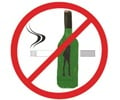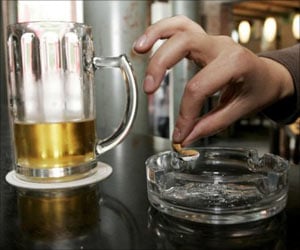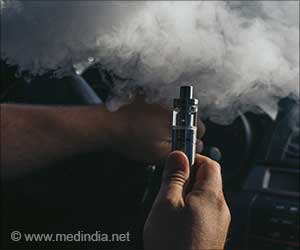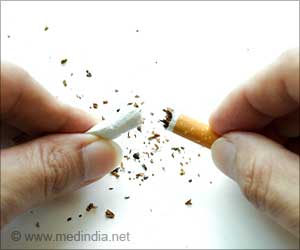Where there is cigarette smoking there is probably misuse of alcohol too.
Where there is cigarette smoking there is probably misuse of alcohol too, according to a study by Yale School of Medicine researchers in the Archives of Internal Medicine.
“This means cigarette smoking status can be used as a clinical indicator for alcohol misuse, which presents an opportunity for intervention,” said the principal investigator, Sherry McKee, assistant professor of psychiatry.She said that although brief screening and brief intervention provided in primary care settings are effective, clinicians do not frequently screen for alcohol misuse. This is a matter of concern because 26 percent of the U.S. population is drinking at hazardous levels, which puts them at increased risk for alcohol-related consequences such as injuries from motor vehicle crashes, hypertension, depression, and certain cancers.
“Only an estimated 30 percent of individuals who had a primary care visit reported being screened for an alcohol or drug use problem,” McKee said. “Physicians are much more likely to ask patients whether and how often they smoke.”
She and her collaborators arrived at their conclusions after analyzing data obtained from 42,374 adults in a national epidemiological survey on alcohol misuse and other related conditions. Following guidelines that physicians use to assess tobacco and alcohol use, they found that non-daily smokers are five times more likely to have a problem with alcohol compared to people who have never smoked. Daily smokers are three times more likely to have an alcohol problem.
“This is the first study to document that individuals who are smokers, but don’t smoke every day, have the highest rates of problem drinking,” McKee said. “Using smoking status as a ‘red flag’ for more aggressive assessment of alcohol use is a highly feasible and clinically sensible approach to screening.”
The findings, she said, highlight the importance of physicians adopting standard alcohol screening questions into their practice.
Advertisement
Source-YALE University
SRM/B











